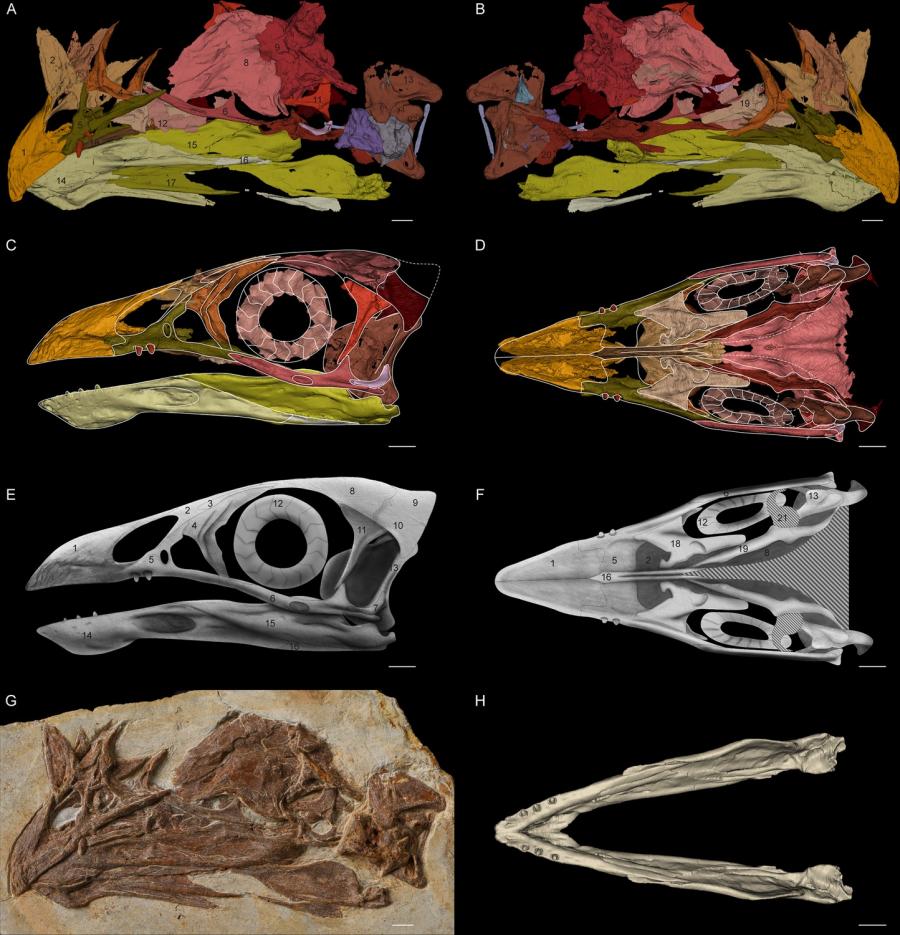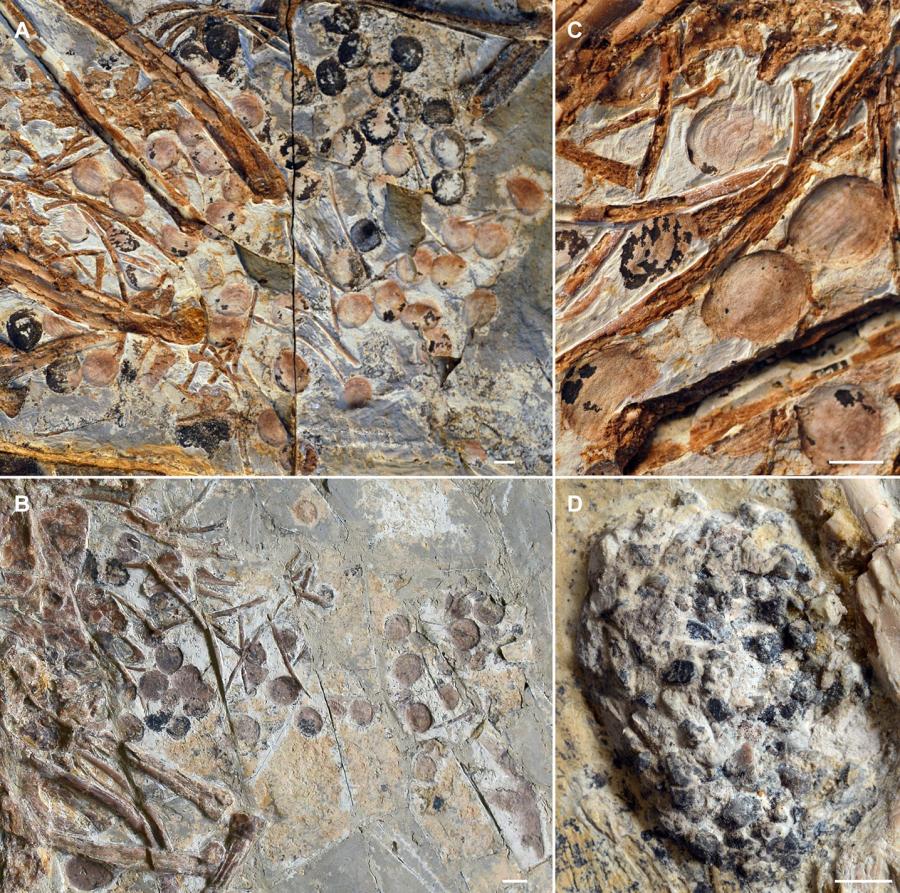Key Points
Fossilised seeds from this study prove seed dispersal was evident in the earliest bird evolution, with this early diversification of birds indicating a significant event in the history of land ecosystems.
The reconstructed Jeholornis skull showed a beak and traits similar to modern birds. There were also features like reduced teeth which are no longer present in modern birds.
Synchrotron CT and neutron tomography deliver capability for the non-invasive analysis of dense rock, proving extremely useful in reconstructing and analysing fossils.
International palaeontologists have used advanced imaging techniques at ANSTO’S Australian Synchrotron to clarify the role that the earliest fruit-eating birds of the Cretaceous period may have had in helping fruit-producing plants to evolve.
By comparing the skull shapes and stomach contents of fossil birds using synchrotron CT on the , a large international team led by researchers from , the in the US and in China, confirmed that the species Jeholornis may have helped contribute to the spread of the plants that dominate the world today.

Senior instrument scientist Dr Joseph Bevitt, who frequently contributes to international palaeontology research using nuclear techniques, assisted with the measurements for a that was published in eLife.
After fossilised birds were found that appeared to have plant remain scattered within and around them, scientists wanted to clarify if the creature had been eating seeds or eating fruit containing seeds.
Eating fruit and excreting whole seeds could have helped plants to spread and evolve.
Their findings suggested that Jeholonis was eating different foods at different times of the year. When fruit was available, it would have eaten whole fruits, seeds and all, and then excreted the un-crushed seeds. When fruit wasn’t in season, it would have eaten something different – and harder – and relied on a part known as a gizzard to crush them.

“We took the 120-million-year-old fossils and used 3D imaging to reconstruct Jeholornis’s skull,” explained Dr Joseph Bevitt.
“The skull showed they had a beak and other traits like modern birds, but also had reduced teeth, which are no longer present in modern birds. These traits hinted at a ‘modern’ diet, but what really backed up the findings were fossilised seeds in their stomachs.
“These seeds were intact and showed no evidence of grinding, proving that Jeholornis ate whole fruit, ” Dr Bevitt added.
The first author of the study, Dr Han Hu, a Marie Skłodowska-Curie Fellow at the Department of Earth Sciences, Oxford University explained, “The research is so important because the early diversification of birds was a major event in the history of land ecosystems and this study proves seed dispersal was evident in the earliest bird evolution.
“Birds are important consumers of fruit today, and play important roles in seed dispersal, but so far there has not been direct evidence of fruit consumption by the world’s very first birds,” Dr Hu said.







